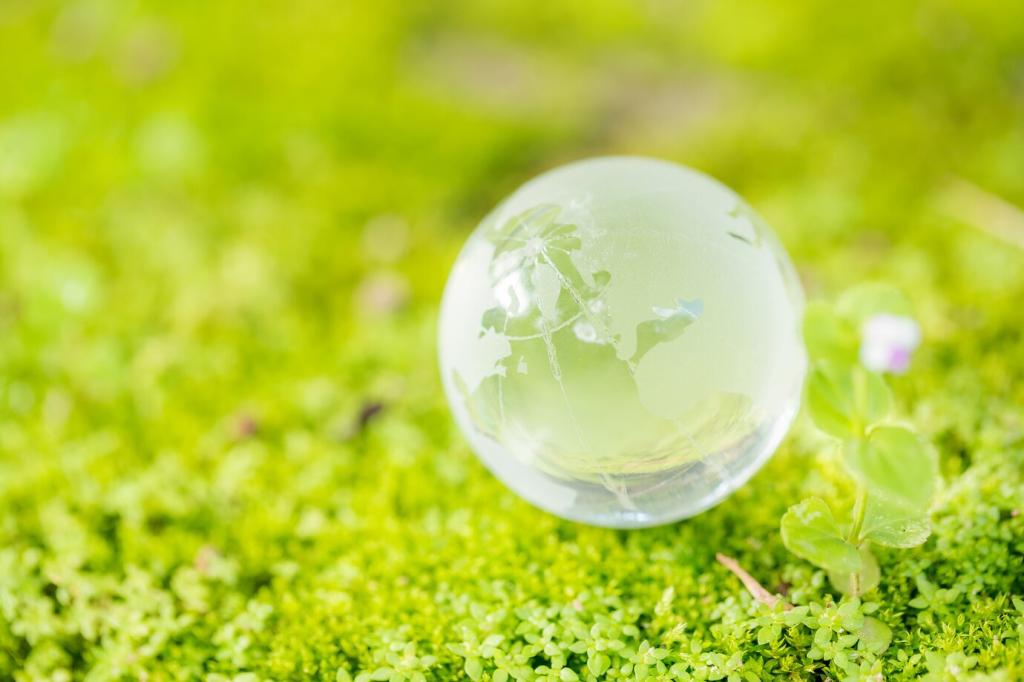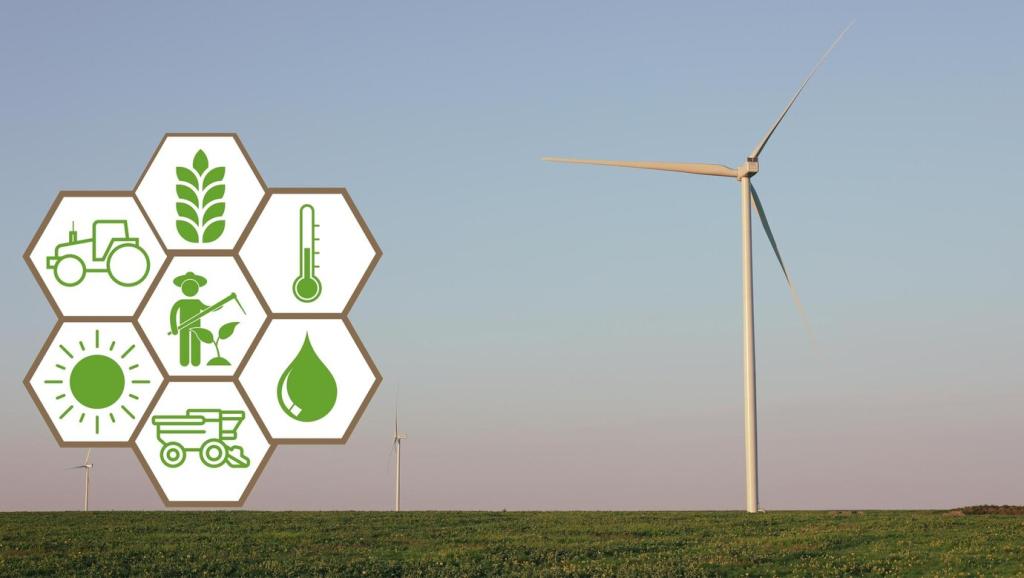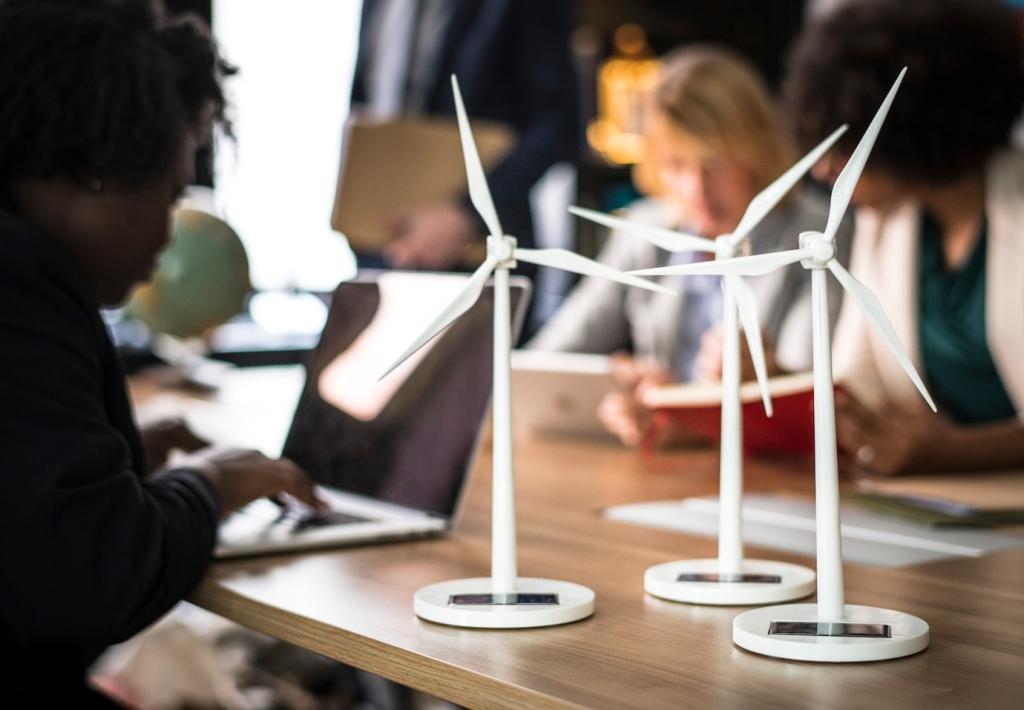Eco-friendly Insulation Solutions
Eco-friendly insulation solutions are revolutionizing the way we construct and renovate buildings with the dual aim of enhancing energy efficiency and minimizing environmental impact. By incorporating sustainable materials and practices, these solutions contribute to healthier indoor air quality, significant energy savings, and reductions in a building’s overall carbon footprint. This page explores the various aspects and benefits of eco-friendly insulation, shedding light on available materials, installation practices, cost considerations, and real-world applications for both residential and commercial settings.

Understanding Eco-friendly Insulation
The Meaning of Eco-friendly Insulation
Eco-friendly insulation refers to products and methods designed to reduce a building’s heat loss or gain while having a minimal adverse impact on the environment. Unlike conventional insulators that might rely on synthetic or chemically treated components, green insulation uses materials with low embodied energy, limited harmful emissions, and high recyclability. As global consciousness shifts toward sustainability, there is a growing demand for insulation options that promote a healthier planet. Not only do these materials perform effectively, but they also align with standards for green building certifications and long-term durability, contributing both to energy conservation and ecological protection.

Types of Eco-friendly Insulation Materials
Cellulose Insulation
Cellulose insulation is primarily composed of recycled paper products, usually post-consumer newsprint, treated for fire and pest resistance. It exhibits impressive thermal performance and air-sealing qualities, helping to reduce energy consumption in both new and existing homes. Installing cellulose insulation can significantly cut heating and cooling costs due to its high density, which effectively blocks air infiltration. As one of the oldest green insulation materials, cellulose boasts a minimal carbon footprint and diverts waste paper from landfills, providing an environmental win-win.
Sheep’s Wool Insulation
Sheep’s wool insulation capitalizes on nature’s remarkable temperature-regulating properties. Wool fibers naturally trap air, creating efficient barriers to heat transfer while providing superior moisture management and resistance to combustion. Unlike synthetic options, wool is completely biodegradable and renewable, typically sourced as a byproduct of farming. Its ability to filter indoor air by absorbing airborne toxins and adjust humidity levels further enhances indoor comfort and health. The use of sheep’s wool insulation supports sustainable agriculture and offers a practical, safe alternative to chemically treated insulators.
Cotton and Denim Insulation
Cotton and denim insulation repurpose textiles—often post-industrial or post-consumer scraps—into highly effective thermal and acoustic insulation. These fibers are processed with minimal chemical additives, delivering safe and non-irritating handling during installation. Their natural fibers provide comparable insulating capabilities to traditional batt insulation, but with an emphasis on recycled content and end-of-life recyclability. By reducing demand for new raw resources while transforming waste into valuable building materials, cotton and denim insulation underscore the potential of circular economy principles in construction.
Benefits of Eco-friendly Insulation
Eco-friendly insulation solutions help retain heat during the winter and repel heat during the summer, resulting in a stable indoor climate with less dependence on heating and cooling systems. This leads to noticeable reductions in energy bills and eases the load on power grids, thereby lowering greenhouse gas emissions associated with energy generation. Over time, the improved thermal regulation provided by quality green insulation makes a tangible difference in both economic and environmental terms, reinforcing the long-term value of the initial investment.
Unlike some conventional insulators that may emit harmful chemicals, eco-friendly materials typically avoid off-gassing volatile organic compounds or hazardous additives. Materials such as wool and cellulose even aid in filtering airborne pollutants and moderating humidity levels inside. These features contribute to healthier living and working spaces, particularly important for occupants with respiratory sensitivities or allergies. Prioritizing indoor air quality is a significant bonus of choosing insulation that aligns with the highest safety and health standards.
Green insulation choices often consist of biodegradable or recycled resources, which dramatically decreases the carbon footprint of construction projects. These materials require less energy during manufacturing and can be sourced locally to reduce transportation emissions. At the end of their lifecycle, many eco-friendly insulations are recyclable or compostable, diverging from the wasteful patterns of traditional construction. As more communities strive for carbon neutrality, the environmental responsibility baked into eco-friendly insulation becomes increasingly vital.

Professional vs. DIY Installation
Homeowners often wonder whether to install eco-friendly insulation themselves or hire professional installers. While some types, such as batt-form cotton or roll-out sheep’s wool, are amenable to DIY approaches, others like blown-in cellulose or advanced spray applications demand specialized equipment and expertise. Professional installation guarantees the insulation is fitted snugly in all cavities, reducing thermal bridging and air leaks. However, skilled DIYers can achieve success by adhering to manufacturers’ instructions and safety protocols, especially with products designed for user-friendliness.
Maintaining Air Sealing and Moisture Management
The effectiveness of any insulation, green or otherwise, is only as good as its proper integration with the building envelope. Ensuring that gaps, cracks, and penetrations are adequately sealed is critical to prevent drafts and preserve energy efficiency. Moreover, eco-friendly insulation must be paired with suitable vapor barriers or moisture management strategies when installed in areas prone to humidity. This prevents mold growth and material degradation, maintaining the insulation’s performance over its lifespan while safeguarding indoor air quality and structural durability.
Retrofitting with Eco-friendly Insulation
Many buildings predate today’s green construction standards, but it is entirely feasible to upgrade their energy efficiency by retrofitting them with sustainable insulation. Retrofitting involves assessing current insulation levels, identifying areas of heat loss, and choosing appropriate eco-friendly materials that fit existing wall or roof cavities. This process often unlocks substantial energy savings and comfort gains for older homes and commercial structures. Thoughtful retrofitting helps preserve historic buildings while bringing them in line with modern sustainability goals.
Cost Considerations and Long-term Savings
The initial costs of materials such as wool, cotton, or cellulose can be marginally higher than those for standard fiberglass or foam options. Installation methods, particularly for spray or blown-in applications, may also incur additional labor charges. However, these expenditures represent an investment in durability, health, and efficiency. Many regions also offer incentives, tax credits, or rebates for eco-friendly building upgrades, offsetting some of the upfront outlay and encouraging broader adoption.

Previous
Next
Common Myths and Misconceptions
A prevailing myth suggests that natural or recycled insulation cannot compete with standard materials in terms of thermal effectiveness. In reality, many green insulation products meet or exceed performance benchmarks established for energy efficiency. With professional installation and proper system design, eco-friendly options such as cellulose, denim, and wool deliver robust R-values that rival or surpass their traditional counterparts. Recognizing these facts helps move the conversation toward science-based decision-making.
Applications in Residential and Commercial Buildings
Residential Homes and Apartments
Residential settings offer a prime opportunity for homeowners to embrace sustainable living through improved insulation. Whether during new construction, remodeling, or weatherization upgrades, integrating eco-friendly insulation enhances comfort, reduces utility bills, and supports healthier indoor environments. Materials like cotton batts, cellulose fill, and wool rolls are especially popular for their safety and ease of installation in homes and apartments. Growing trends in green home certifications further incentivize the use of environmentally responsible materials.
Commercial and Office Spaces
In commercial buildings, the scale and complexity of insulation needs require materials that perform reliably while supporting organizational sustainability targets. Eco-friendly insulation can be tailored for large volumes, providing effective temperature regulation, noise reduction, and improved air quality in spaces where people work and gather daily. Retrofitting aging office structures with modern green insulation delivers substantial operational savings and demonstrates corporate responsibility, aligning with evolving business values.
Specialty Buildings: Schools, Hospitals, and Industrial Facilities
Specialty facilities such as schools, hospitals, and industrial warehouses benefit uniquely from eco-friendly insulation. These environments demand stringent safety and air quality measures, making non-toxic, low-emission materials particularly valuable. Additionally, the improved acoustics and thermal comfort promoted by sustainable insulation enhance productivity, recovery, and general well-being for building occupants. Widespread adoption across various sectors illustrates eco-friendly insulation’s adaptability to the most demanding use cases.
Innovations and Emerging Trends

Emerging insulation products harness agricultural byproducts such as hemp, flax, or kenaf fibers, offering robust performance with ultra-low environmental impact. These bio-based materials regenerate quickly, require minimal synthetic processing, and sequester carbon during growth, leading to breakthrough reductions in lifecycle emissions. Their adaptability and abundance position them as promising leaders in the next wave of green insulation, expanding options for sustainable construction in diverse climates.
